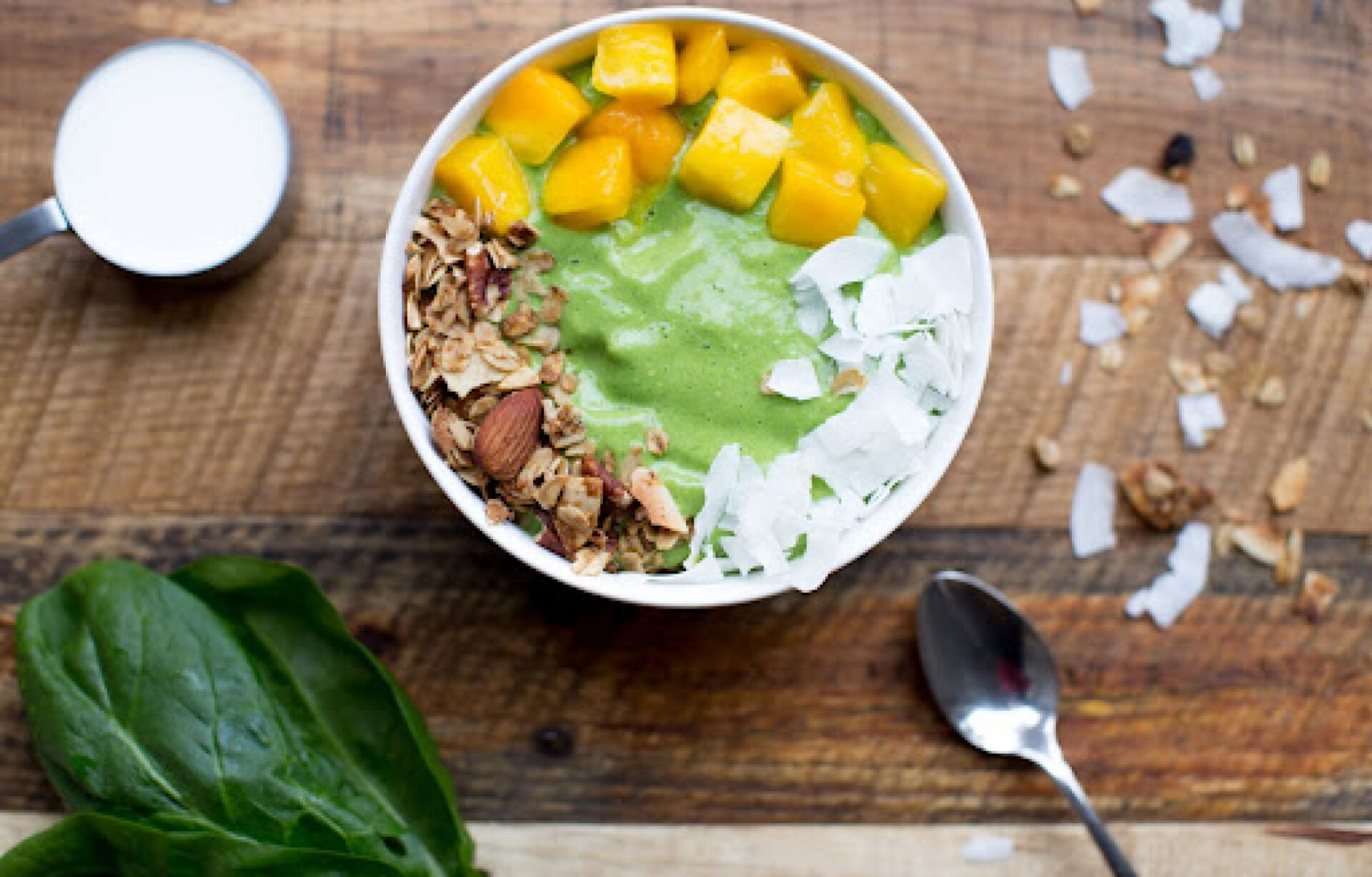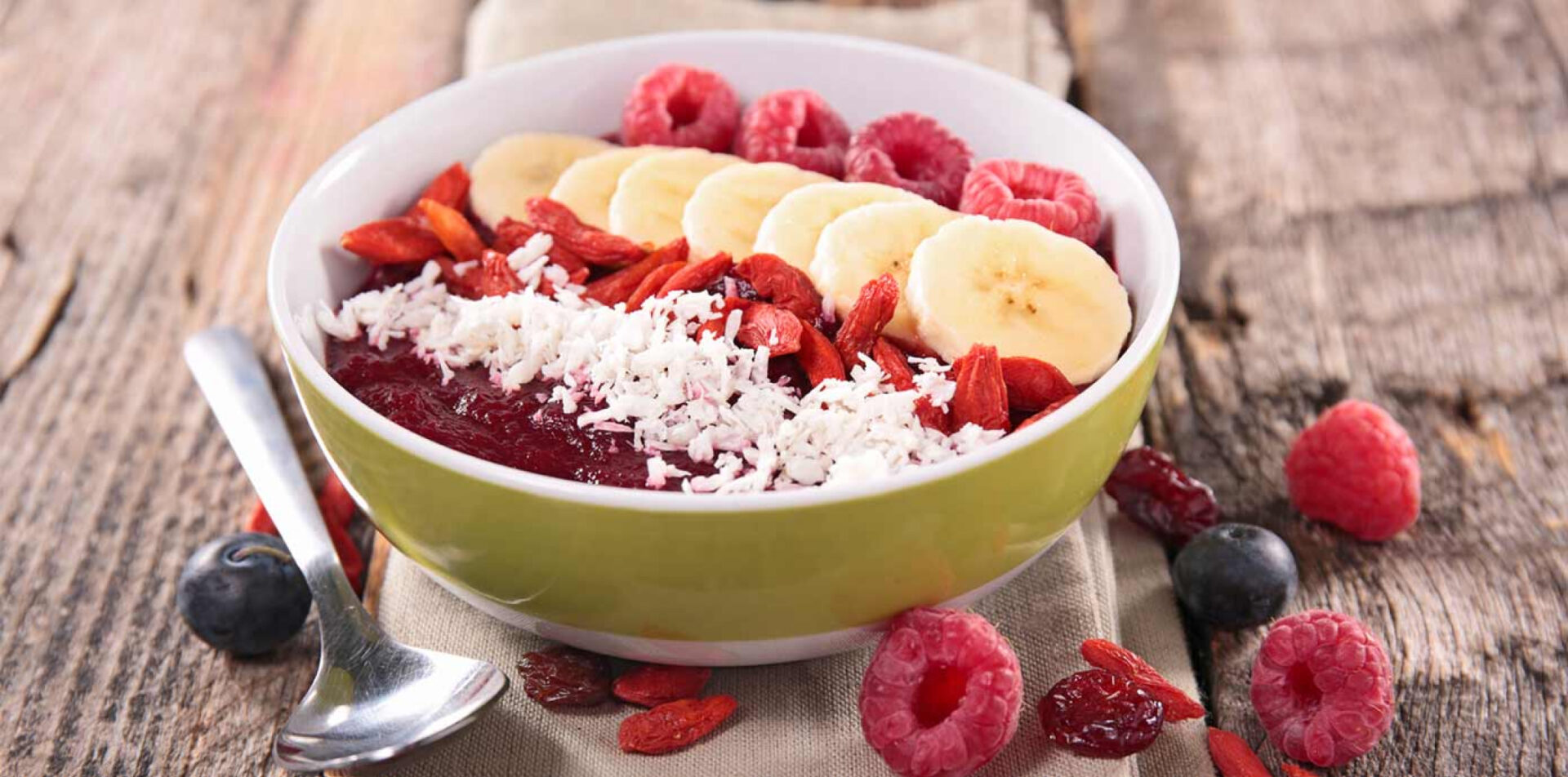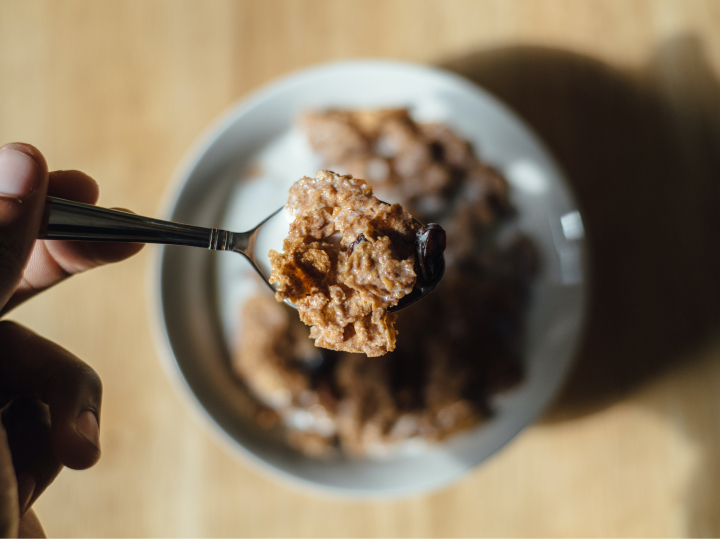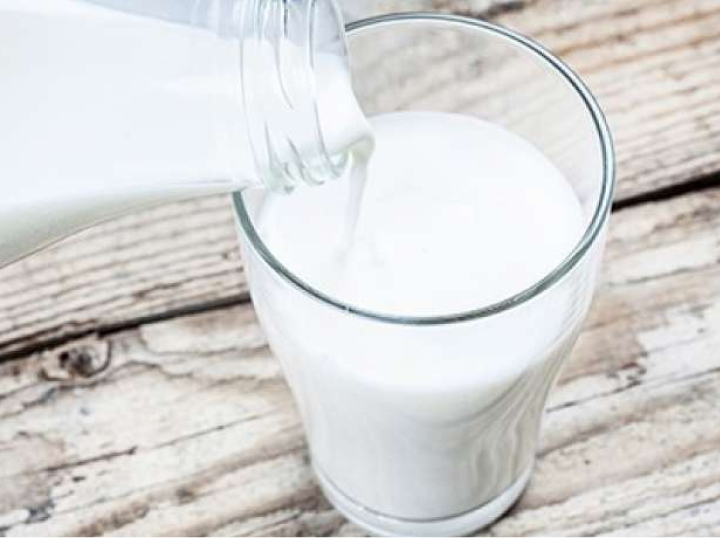The Nutritional Value of Organic Milk
Parents want what’s best for their kids, their communities and the planet. And you may wonder if the nutritional benefits of organic milk differ from other choices. Organic milk mirrors the benefits of all dairy milk. It’s a minimally processed, naturally nutrient-rich beverage that contains a mix of important nutrients you and your kids need. From B vitamins for energy and high-quality protein for lean muscle to vitamins A and D, zinc and selenium for a healthy immune system, no matter which type of organic milk you choose, each packs the same nutrient punch.
What Is Organic Milk and How Does It Nourish an Organic Lifestyle?
Every day you face many choices, from what to eat and drink to where to go and how to get there. When you choose an organic way of living, you make a positive impact on your family, your community and our planet. Every day, there seems to be a new food that claims to best power your clean-eating lifestyle, but oftentimes, organic living is really about getting “back to the basics.” You want local, natural and simple options that you can feel good about.
Organic milk is a simple choice that fits that lifestyle because organic standards reflect what you want from your food. They determine how farmers care for their cows and how they choose to farm. The feed and pasture must be organic — genetically modified crops, synthetic fertilizers and most synthetic pesticides are not allowed — and organic dairy farmers do not use growth hormones or antibiotics.
How Is Organic Milk Produced?
USDA organic farming guidelines stipulate that farmers can only use organic-approved substances to care for their crops and livestock. That means no synthetic fertilizers and avoiding most synthetic pesticides. Farmers are not allowed to use growth hormones or antibiotics, and they never use genetically modified crops or feed for their cows.
What Is the Difference Between Organic Milk and Non-Dairy Options?
Real organic milk is an important staple that is part of a wholesome diet for both kids and adults. However, with so many other “milk” options available, it can be challenging to make sense of what the best choice may be for your family. Seemingly, healthy choices can actually be highly processed with several ingredients, including added sugar, salt, thickeners and stabilizers.
If you’re shopping for organic foods and beverages, it’s important to pay attention to ingredient labels. Real organic dairy milk is remarkably simple — organic milk, fortified with vitamins A and D — so you always know what you get when you pour a glass. Other non-dairy options often have as many as 10 or more ingredients, including added salt, sugar, stabilizers and emulsifiers like locust bean gum, sunflower lecithin and gellan gum.
If you are considering plant-based alternatives to dairy milk because you’re a vegetarian, there are real nutritional benefits when you add organic milk at meals. It’s naturally nutrient-rich like no other beverage. It’s an excellent source of calcium, a complete protein and contains other essential nutrients that can be hard for vegetarians to add to their diets. In addition, substituting milk with non-dairy calcium sources like fortified soy milk and leafy greens can lead to gaps in other key nutrients like protein, vitamin D, phosphorus, riboflavin, potassium, magnesium, vitamin A and vitamin B12.
While non-dairy alternatives, including almond, soy and coconut, are labeled as milk, it’s in name only. This is because milk has a standard of identity (as defined by the U.S. Food and Drug Administration) which includes that milk is obtained by milking cows, rather than harvesting crops.
Take soy milk, for example: It’s made from soybeans and filtered water, but also contains added ingredients, flavors and thickeners, such as gellan gum. Like many other non-dairy milk alternatives, soy milk is often fortified, and different brands have different amounts of nutrients that naturally occur in milk. There’s just no substitute for organic milk, and here are other differences on the nutrition labels to consider:
Almond Milk vs. Real Milk: If you want more protein in your diet, you’ll find as much as eight times more naturally occurring, high-quality protein in every serving of real milk. One reason people may choose almond milk is because they believe it contains a significant amount of almonds. However, many brands contain as little as 2% almonds, which is the equivalent of just three to four whole almonds in each 8-ounce glass, as calculated from data from the Department of Agriculture’s Nutrient Database. The amount of almonds can be determined based on the amount of protein in the beverage compared to the amount of protein almonds provide.
Soy Milk vs. Real Milk: Few plant-based options can match the full natural nutrient package — including protein, calcium, phosphorus, potassium, zinc, selenium, iodine, and B vitamins (vitamin B12, riboflavin, niacin and pantothenic acid) — that makes real milk one of the original superfoods. Both real dairy milk and soy milk are fortified with vitamin A and vitamin D, but the leading brands of original soy milk[1] [2] have added calcium, phosphorus, riboflavin and vitamin B12, nutrients that are naturally occurring in dairy milk. It also contains other added ingredients, including sea salt, sugar, natural flavors and thickeners, such as gellan gum.
Oat Milk vs. Real Milk: Oat milk is one of the latest players in the non-dairy milk alternative world, but it’s important to know it’s not a one-for-one swap for real dairy milk — especially when it comes to nutrition. Real milk provides more nutrients overall and has about twice the protein as oat milk. Real milk provides 8 grams of protein in every 8-ounce glass, while the same amount of oat milk typically provides 4 grams. Be sure and check the label, because the protein in oat milk varies from brand to brand.
Knowing these differences between milk alternatives and real organic dairy milk can help you make an informed choice for you and your family.
What Makes Organic Dairy Farming Organic?
Following the organic way of eating means you are interested in where your food comes from, as well as how ingredients are farmed. Many Americans consider sustainable foods and farming practices important factors when choosing food for their families. Making these straightforward yet effective dietary changes also means you work to help create a better world for you, your children and future generations.
This interest in clean eating has resulted in an increase in organic farming. Today, there are over 16,585 organic farms in the United States and over 5.5 million acres of land dedicated to organic farming, as reported by a recent Census of Agriculture, part of the USDA.
Thanks to innovative farming methods, both conventional and organic dairy farmers are better stewards of the pasture and key to the farm-to-table movement, responsibly producing milk, cheese and other dairy products while continuously working to develop a more sustainable food system now and for future generations.
From what cows eat to how farmers care for their cows governs how organic milk is produced. Organic dairy farmers follow strict standards established by the USDA that determine sustainable farming practices. These methods integrate innovative farming practices to foster cycling of resources, promote ecological balance and conserve biodiversity. When you choose organic dairy milk, you can be sure farmers don’t use synthetic fertilizers or genetically modified (GMO) crops or feed for their cows.
When you want to nourish your body and mind, as well as help the planet, reaching for organic milk is a great choice. Real milk can add so much more to your recipes, as well as your glass.
5 Delicious Ways to Pour More Milk at Mealtimes

Bring the taste of the tropics to the table and serve a luxuriously creamy green smoothie bowl.

Add this Brazilian berry to the mix to take your morning smoothie to the next level.

Steep a traditional tea time favorite with milk to create a soothing sense of calm as part of your bedtime ritual.
4. Pressure Cooker Chicken Corn Chowder Recipe

This creamy chicken corn chowder is a delicious dish all year long. It’s a quick way to warm up a cold night, or you can use fresh corn from the summer farmers market.
5. Squeeze Freeze Ice Cream Recipe

Here’s a simple way to make homemade ice cream from scratch, without a machine.
[1] U.S. Department of Agriculture, Agricultural Research Service. 2016. USDA National Nutrient Database for Standard Reference, Release 28 and supplemented with nutrition information from nationally available brands.
[2] Product formulation will differ by brand, flavor and fat content, so ingredients may vary.




